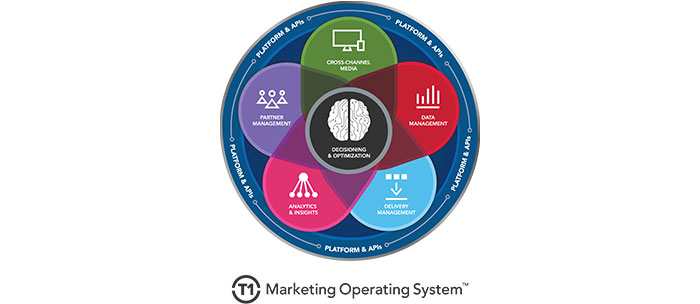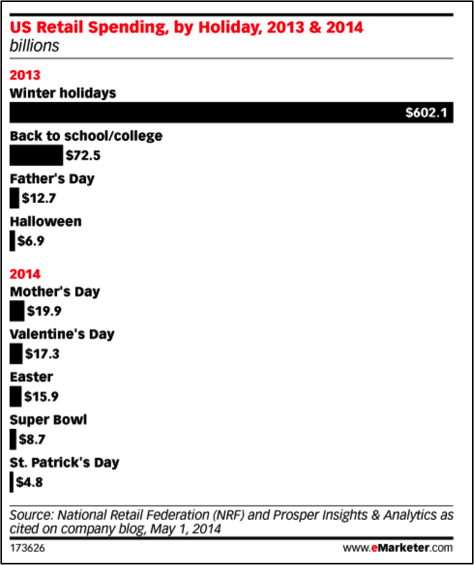Today, marketers have access to more actionable insights than ever before, presenting an opportunity to execute highly effective marketing. And for me, in order to be effective, you’ve got to be adaptive.
What is adaptive marketing? Forrester analyst Christopher Stutzman, one of the early champions of the approach, defined it in 2010 as “a flexible approach in which marketers respond quickly to their environment to align consumer and brand goals and maximise return on brand equity.”
Real-time reactive marketing is of course now commonplace. Oreo’s ‘dunk in the dark’ tweet during the blackout of the 2013 Superbowl is perhaps the most celebrated. Here in the Netherlands, during this year’s World Cup, brands were quick to capitalise on Dutch striker Robin Van Persie’s remarkable headed goal against Spain: using the images in reactive tweets or even point-of-sale marketing in supermarkets.
But I believe this is just the beginning. Adaptive marketing can be so much more than simply responding to an event in real-time. At Pervorm, we see it as an integral way of working – where marketers have the ability to iteratively develop and manage brands, reacting to changing circumstances and refining their approach everyday.
It’s not about imposing a new, alien process on the client. The Pervorm Blueprint included below, outlines how we introduce adaptive marketing in organisations: by mapping our methodology onto the client’s existing operations.

The strategy and operational plan (on the left) kick-starts the process. Marketing execution sits in the middle, and the consumer journey on the right creates the insight that allows the marketing execution process to work and improve. The flow is constant, and goes both ways. The results feed the strategy and operational plan in real-time – improving the overall consumer journey.
Adaptive marketing is hugely reliant on data, but in a big data age it’s less about finding more data and more about focusing on the data that matters. Useful insights come from quality over quantity and it’s this ‘smart data’ that provides the analytics with power.
Adaptive and real-time doesn’t necessarily mean ‘all-the-time.’ It is tempting to think that because your customers are always online, you should be constantly communicating. But less is more. It’s more important to communicate at the right times and understand your customer’s journey so your operational plan is effective. It’s this journey that provides us with the ‘smart data’; enabling us to map out where the most significant data points exist and provide the insights we need to optimise against the campaign’s objectives.
Adaptive marketing means we should be continually analysing and assessing opportunities or environments where messaging has the most impact. As marketers, more opportunities to understand consumer behaviour enables us to amend our strategy and encourage faster decision-making.
So where will faster, more iterative, personalised and agile decision-making take us? I believe that in the long-term, this adaptive approach will evolve into predictive marketing, and all the wider operational benefits that can come from it – supply-chain management for example, where stock levels could be determined by smart data derived from the consumer journey.
Platforms like MediaMath’s are driving marketers towards this future of adaptive and predictive marketing. Real-time data, cross-channel and device attribution work to drive marketing change, and consumers will respond by demanding a more personalised approach from brands.
As a good test market for global marketing, I believe the Netherlands will see the benefits of adaptive marketing in advance of some other European countries. Consumers here tend to be more vocal and engaged than in other parts of Europe, which is why consumer technologies develop quickly. It’s a perfect landscape for adaptive marketing to evolve and succeed.
Pervorm is a performance marketing agency that allows advertisers to maximise their returns from online display and social advertising. A leading specialist in this field, Pervorm is able to continually connect online display strategies, data, media and creations with one another and optimise them within the wider framework of the digital media mix.
As MediaMath Platinum-Certified buyers, Pervorm’s technology and consultancy service helps advertisers to use platforms such as MediaMath’s TerminalOne Marketing Operating System™, to run more effective campaigns and analyse which elements of their programmatic media buying campaigns are working.














